Diverse Wildlife
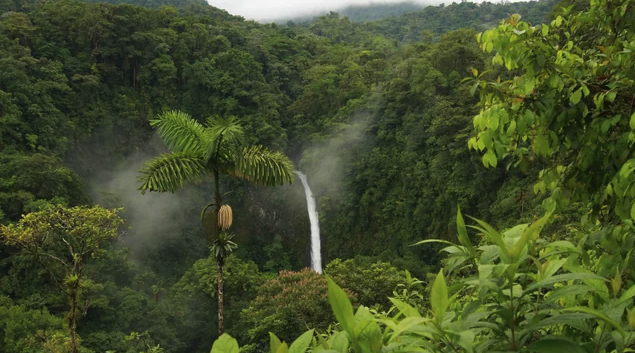
Image Source: Reddit
South America is home to some of the most diverse wildlife across the globe, having over 6,000 different species of animals on the continent. This list includes some of the most dangerous animals in South America, including 30-foot-long snakes and poisonous frogs!
Jaguar
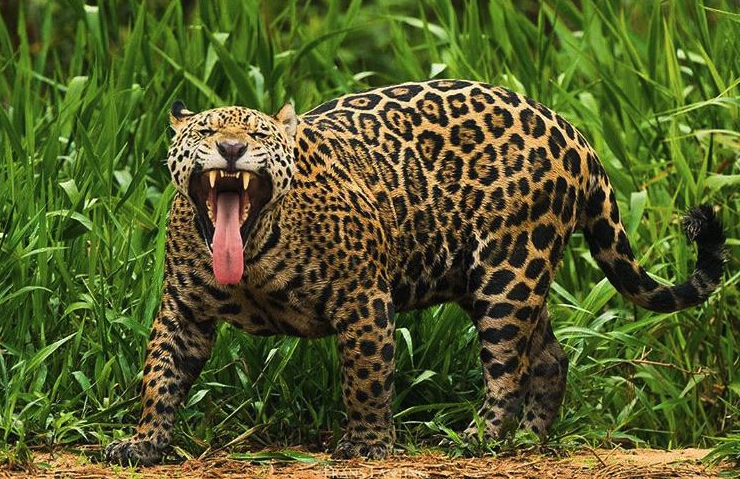
Image Source: Reddit
South America's rainforests conceal a sleek and formidable predator: the Jaguar. Known for its impressive agility and strength, this big cat prowls the continent's dense jungles. Jaguars are apex predators, preying on a variety of animals, including capybaras and caimans. Though rare, encounters with these majestic creatures can be dangerous if provoked, making them a symbol of both beauty and peril in the wilds of South America.
Piranha
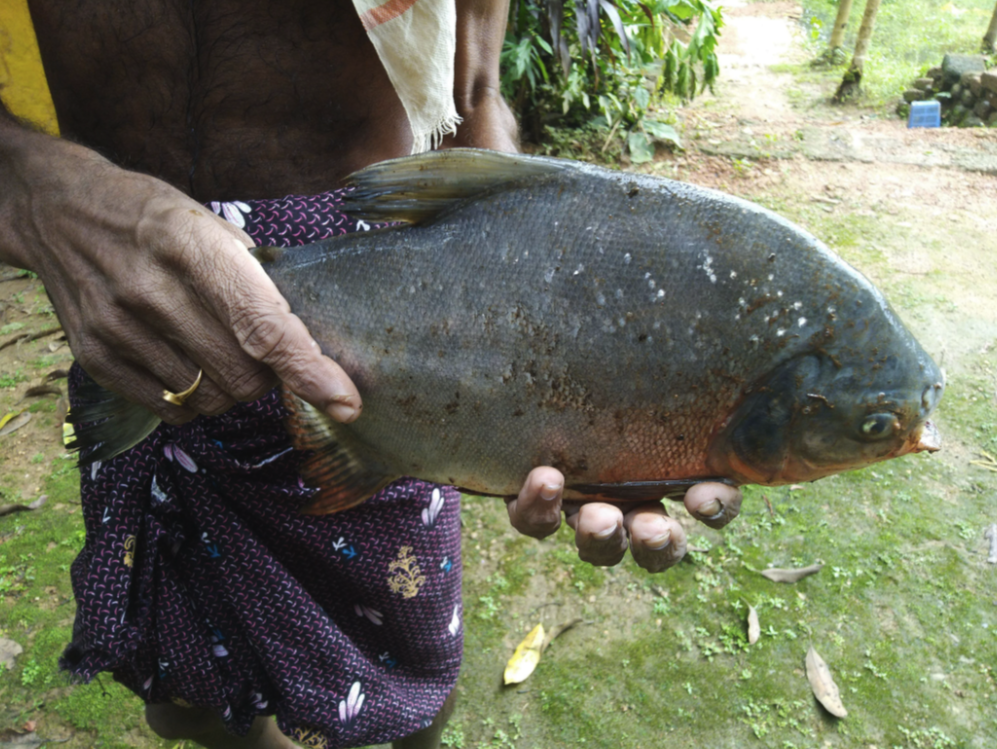
Image Source: Reddit
The ferocious reputation of South America's piranhas is well-deserved. With razor-sharp teeth and a voracious appetite, these fish are known for their swift and deadly group attacks. Though Hollywood may have exaggerated their threat, piranhas are capable of inflicting serious injuries when agitated or during feeding frenzies. Swimmers and adventurers should exercise caution when in waters inhabited by these formidable predators.
Bushmaster Snake
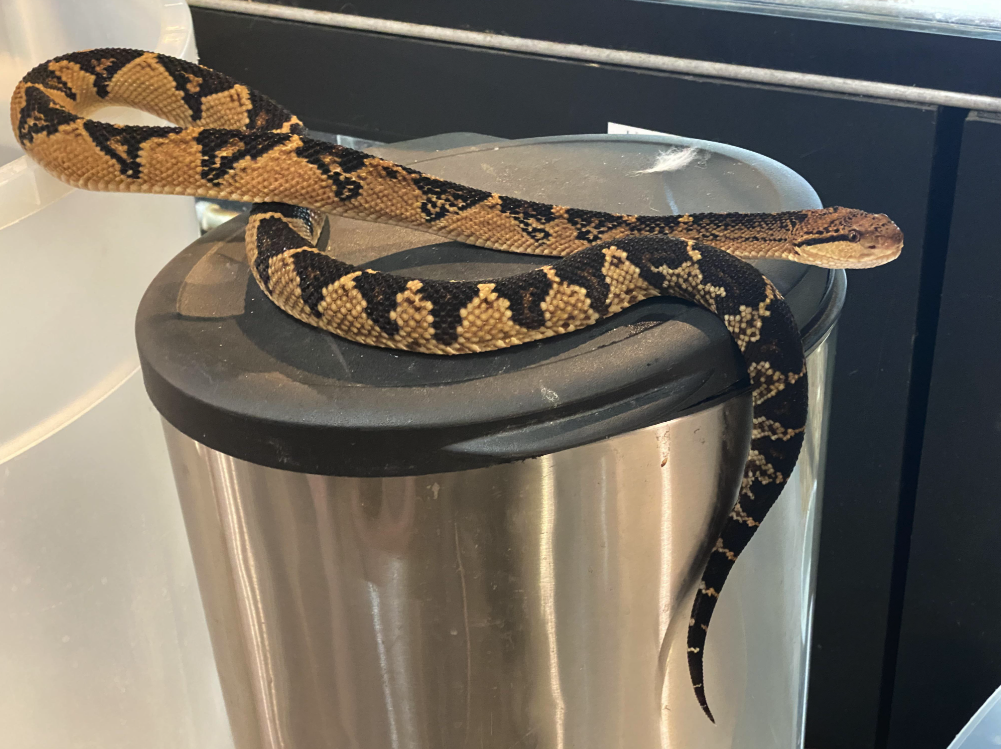
Image Source: Reddit
Venture into South America's lush rainforests, and you may encounter the Bushmaster snake. This venomous reptile ranks among the world's most dangerous snakes due to its potent venom and cryptic nature. While Bushmasters are typically elusive and non-aggressive, their venom can be lethal. Encounters are rare, but their presence serves as a reminder of the hidden dangers in South America's wilderness.
Brazilian Wandering Spider
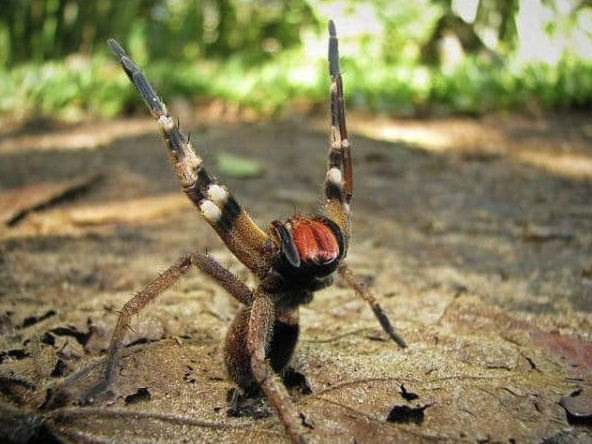
Image Source: Reddit
The Brazilian Wandering Spider, often dubbed the world's most venomous arachnid, is found in the dense jungles of South America. These spiders are known for their wandering nature and potent neurotoxic venom. While they're not inherently aggressive toward humans, a bite can lead to severe reactions if left untreated. Vigilance and caution are essential when exploring the spider's territory in South America's rainforests.
Puma
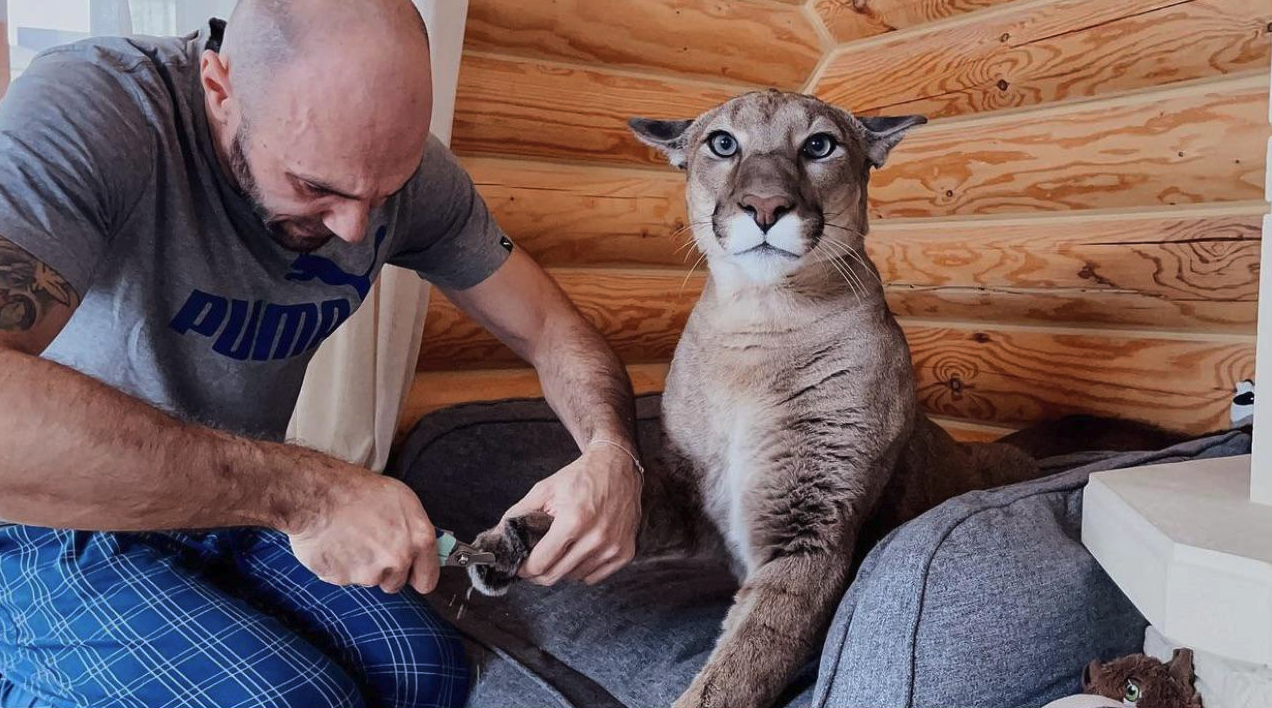
Image Source: Reddit
These stealthy cats have powerful builds and a keen hunting instinct, making them a formidable presence. While attacks on humans are rare, Pumas can be dangerous when cornered or protecting their territory. Encounters with these elusive felines serve as a testament to the wild beauty and potential danger of South America's wilderness.
Fer-de-Lance Snake
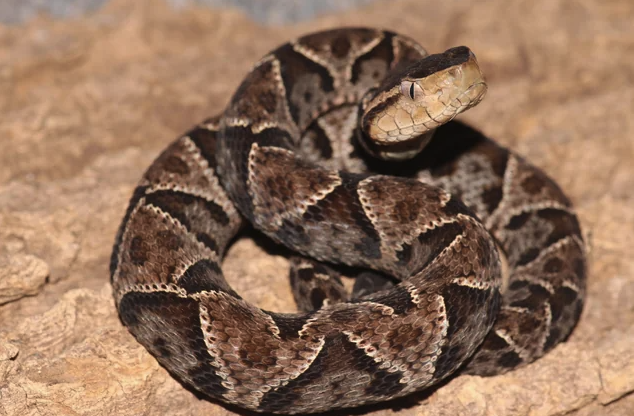
Image Source: Reddit
Slithering through the forests of South America, the Fer-de-Lance snake is infamous for its potent venom and aggressive nature. These snakes are responsible for many snakebite fatalities in the region. They often blend seamlessly with their surroundings, making encounters hazardous. Awareness and caution are essential when navigating snake territory in South America.
Golden Poison Dart Frog
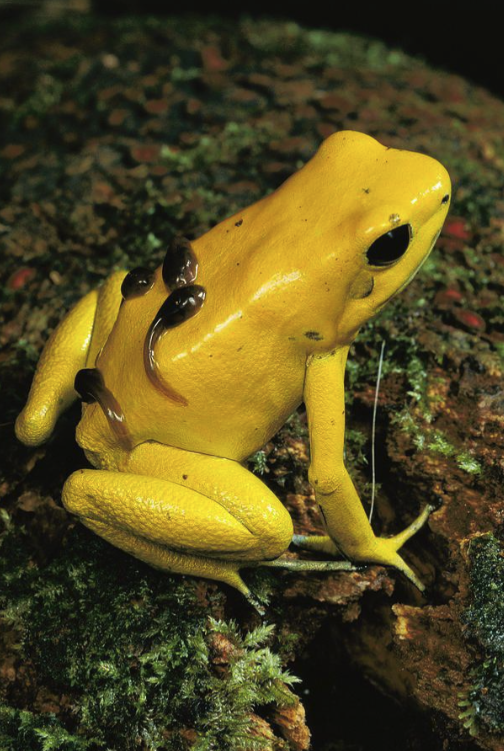
Image Source: Reddit
Hidden within South America's tropical rainforests lies a striking yet dangerous beauty, the Golden Poison Dart Frog. Its vibrant colors and tiny size belie its deadly secret. This tiny frog's skin harbors potent neurotoxins used by indigenous people to poison blow darts. While not aggressive, contact with their skin can be lethal, making them a remarkable and perilous inhabitant of the region.
South American Tapir
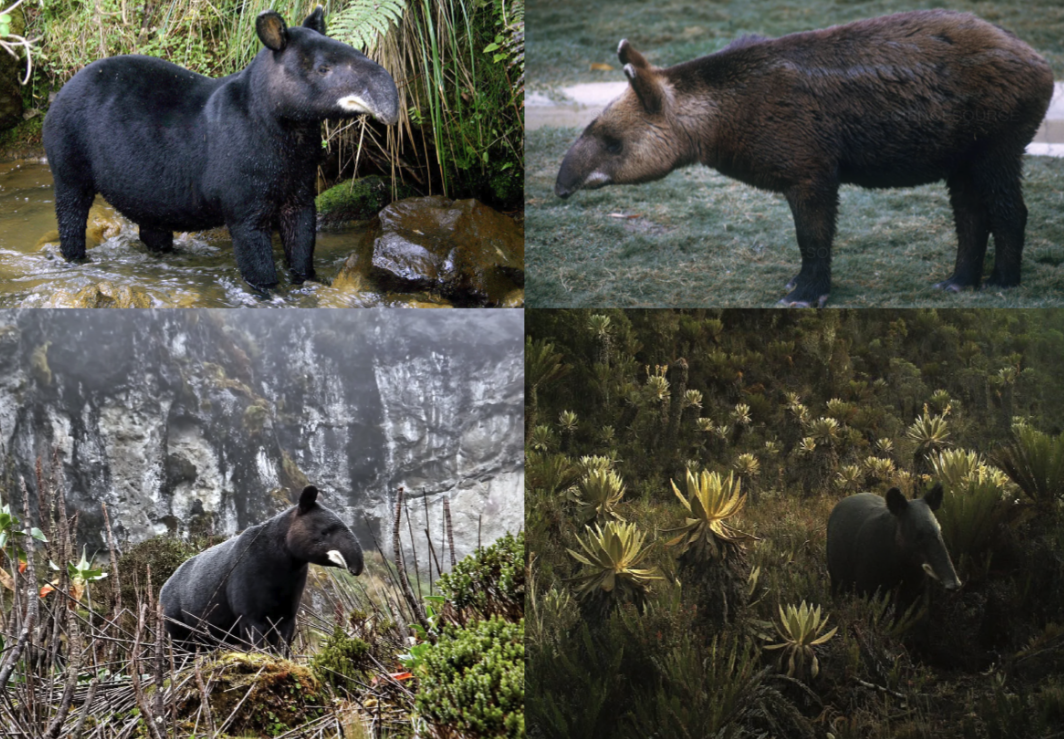
Image Source: Reddit
The South American Tapir is a gentle giant of the continent's jungles. However, their massive size and powerful jaws make them potentially dangerous when threatened. While they are herbivores and typically avoid confrontations with humans, surprising an adult Tapir can lead to defensive reactions. These majestic creatures serve as a reminder that even seemingly docile animals in South America's wilderness deserve respect and space.
Black Caiman
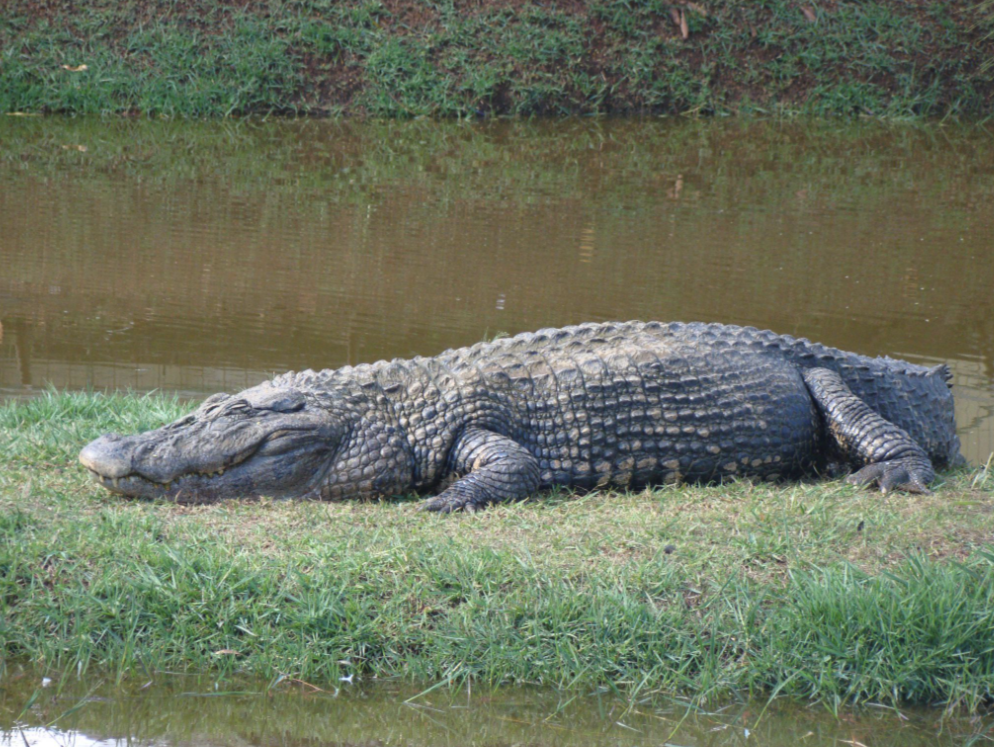
Image Source: Reddit
The Amazon's murky waters conceal the Black Caiman, a massive and stealthy predator. These formidable reptiles can grow up to 16 feet in length and are known for their aggression. While attacks on humans are rare, encounters can be perilous due to their powerful bite and sheer size. Black Caimans are a symbol of the untamed wilderness that thrives in South America's waterways.
Green Anaconda
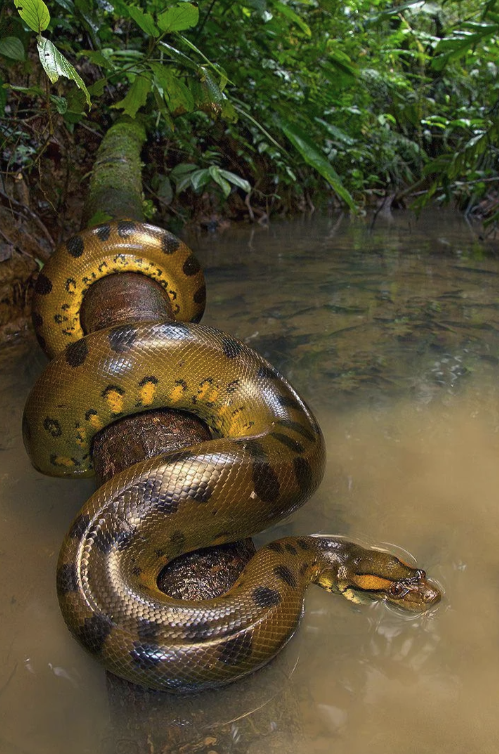
Image Source: Reddit
Deep in the waters of South America, the Green Anaconda silently glides, captivating and fearsome. As the world's heaviest snake, it can reach lengths exceeding 30 feet. While they primarily prey on aquatic animals, their power and unpredictability can make encounters with humans hazardous. The Green Anaconda represents the intriguing and imposing wildlife that thrives in South America's rivers and swamps.
Red-bellied Piranha
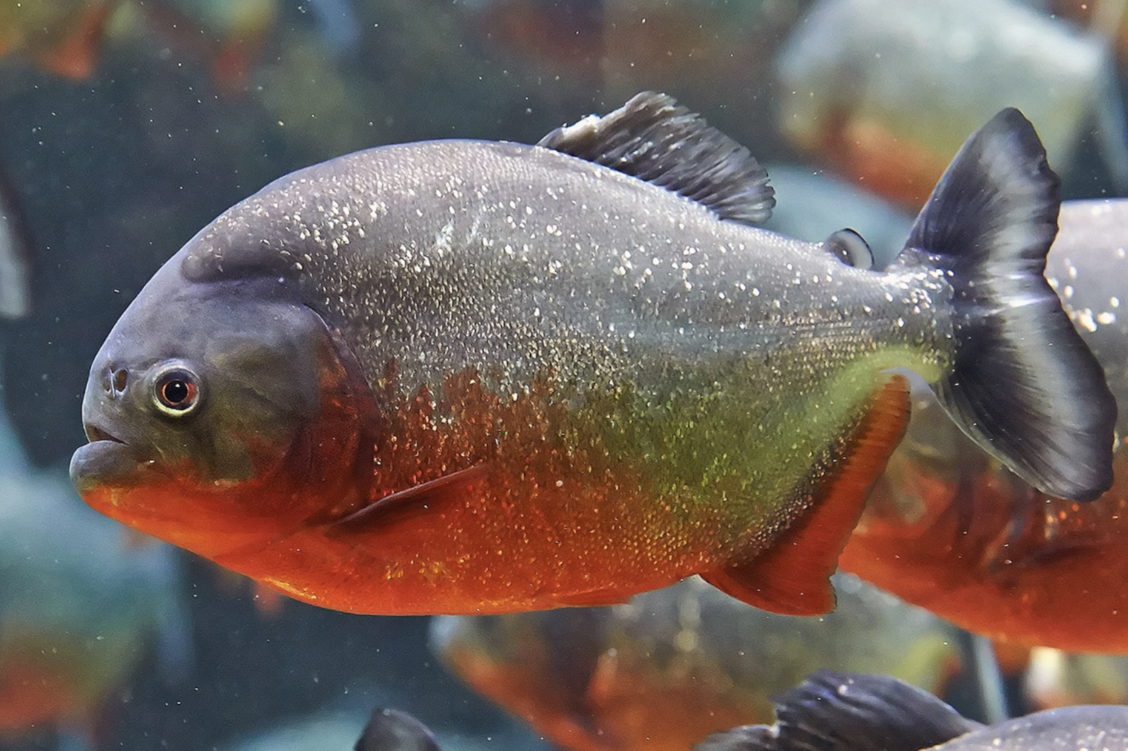
Image Source: Reddit
In the vibrant waterways of South America, the Red-bellied Piranha commands respect. With its powerful jaws and voracious appetite, this fish is renowned for its sharp teeth and group-feeding frenzies. Though not as deadly as their reputation suggests, piranhas can deliver painful bites when provoked. These formidable fish symbolize the dynamic and often misunderstood aquatic ecosystems of South America.
Lancehead Pit Viper
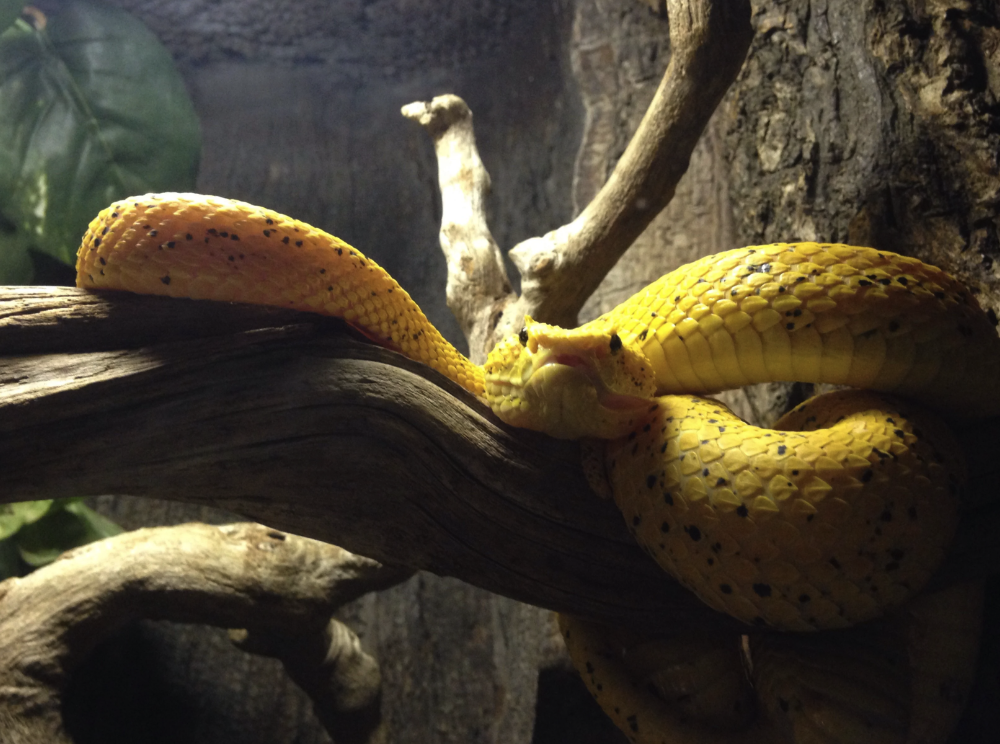
Image Source: Reddit
Hiding in the shadows of South America's forests is the Lancehead Pit Viper, a snake known for its potent venom and heat-sensing pits. These vipers are responsible for many snakebite incidents in the region. Their cryptic appearance and aggressive disposition demand caution when navigating their habitat. Encounter with a Lancehead Pit Viper serves as a stark reminder of the hidden dangers that lurk in the continent's woodlands.
Electric Eel
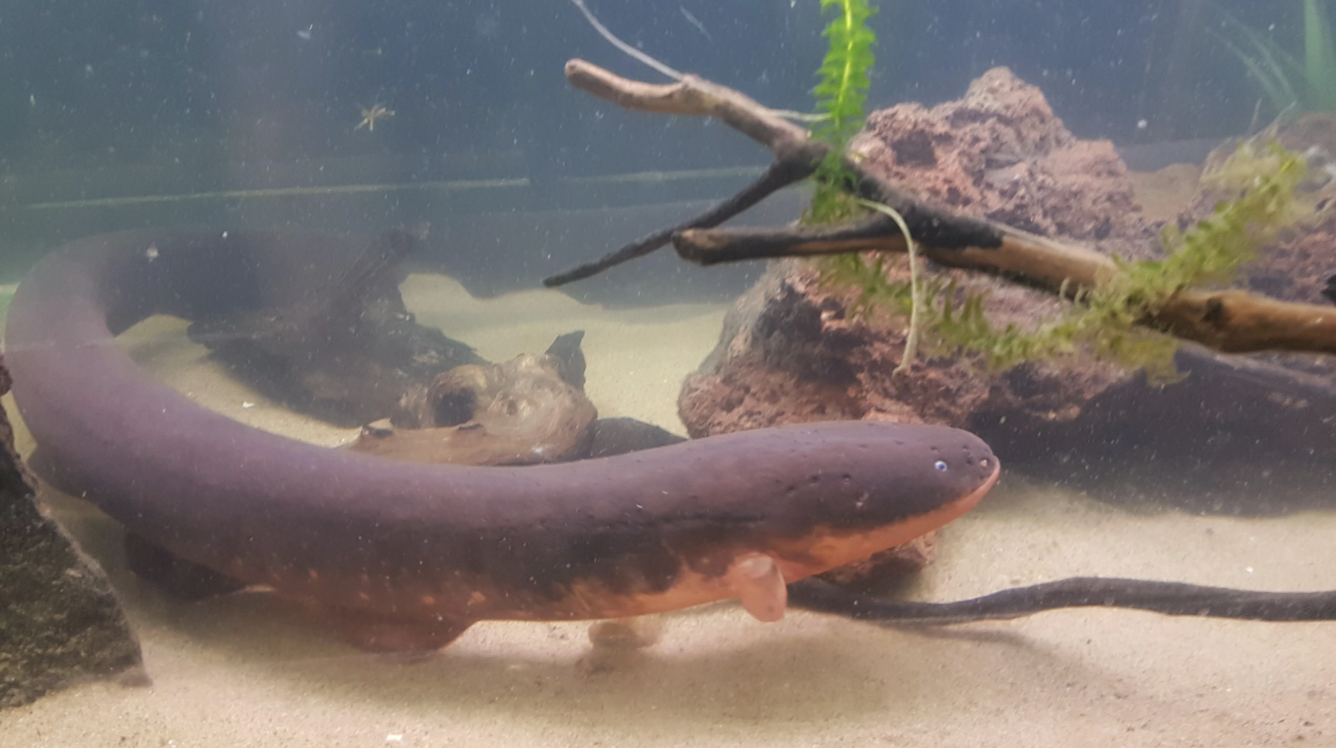
Image Source: Reddit
Electricity crackles beneath the surface of South America's rivers, courtesy of the Electric Eel. This fascinating creature can generate electric shocks of up to 600 volts, both for hunting and defense. While not prone to attacking humans, mishandling or accidental contact with these eels can result in painful shocks. The Electric Eel showcases the remarkable adaptations of South America's aquatic inhabitants.
Goliath Bird-Eating Spider
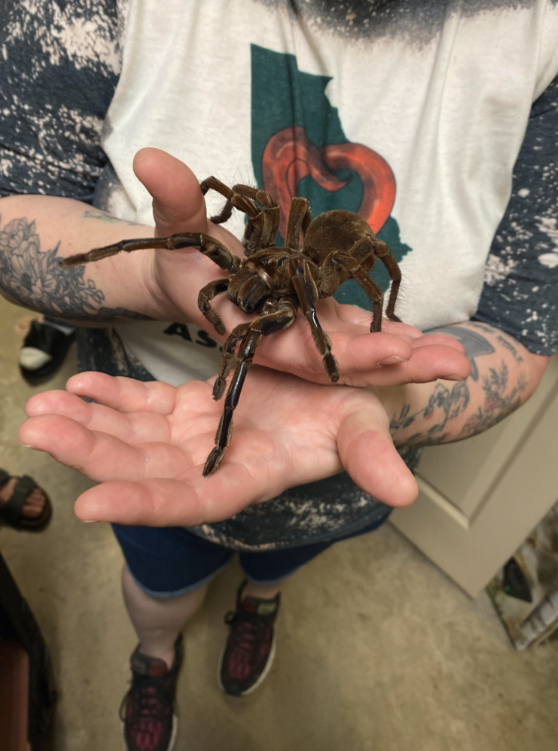
Image Source: Reddit
Among the colossal trees of the Amazon rainforest, the Goliath Bird-Eating Spider weaves its silk threads. This giant arachnid, with a leg span that can exceed a foot, is famous for its size and strength. While not prone to attack humans, their venomous bite and imposing appearance evoke awe and caution among those who encounter them in South America's lush jungles.
South American Rattlesnake
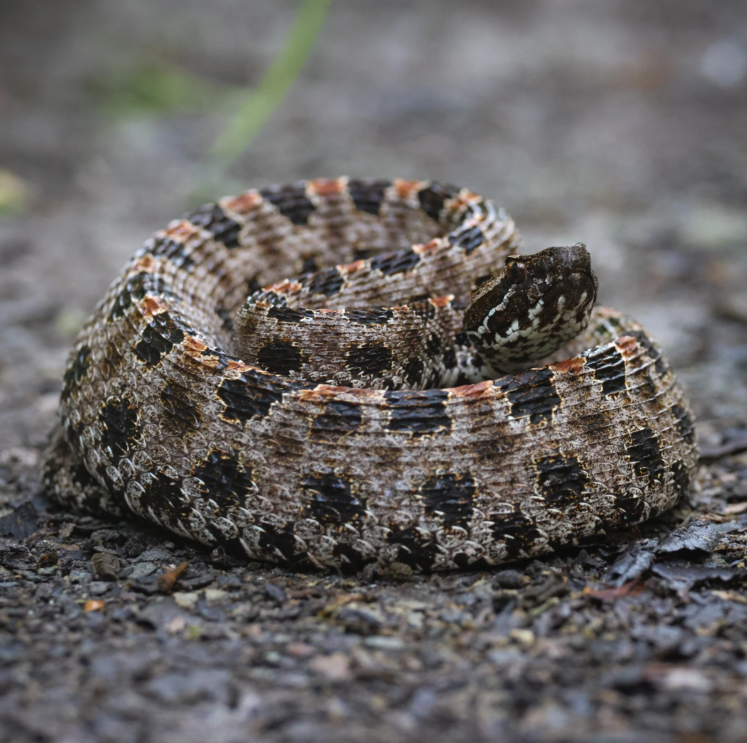
Image Source: Reddit
Coiled and camouflaged, the South American Rattlesnake waits silently in the continent's arid regions. Their iconic rattle warns potential threats. While their venomous bite can be dangerous, they are generally reclusive and avoid human contact. Encounters serve as a reminder of the intricate balance of predators and prey in South America's diverse ecosystems.
Harpy Eagle
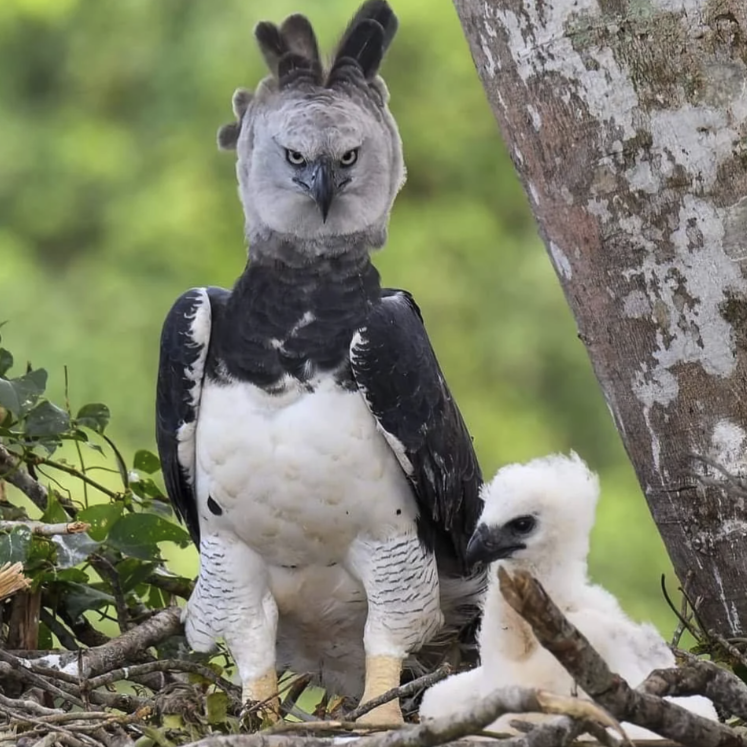
Image Source: Reddit
In the treetops of South America's rainforests, the Harpy Eagle soars as a majestic apex predator. With talons as long as grizzly bear claws, it's a symbol of power and grace. While they primarily hunt monkeys and sloths, their size and strength mean they could pose a threat if provoked. Harpy Eagles embody the awe-inspiring beauty of South America's avian fauna.
Giant Otter
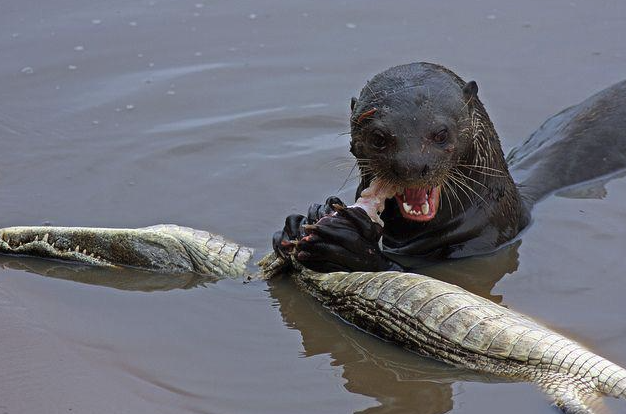
Image Source: Reddit
South America's rivers come alive with the playful yet powerful Giant Otter. With lengths up to 6 feet, they are the largest otters globally, renowned for their sociable nature. However, their strong jaws can be dangerous if they feel threatened. These captivating creatures epitomize the vibrant wildlife that thrives in South America's aquatic habitats.
Poison Arrow Frog
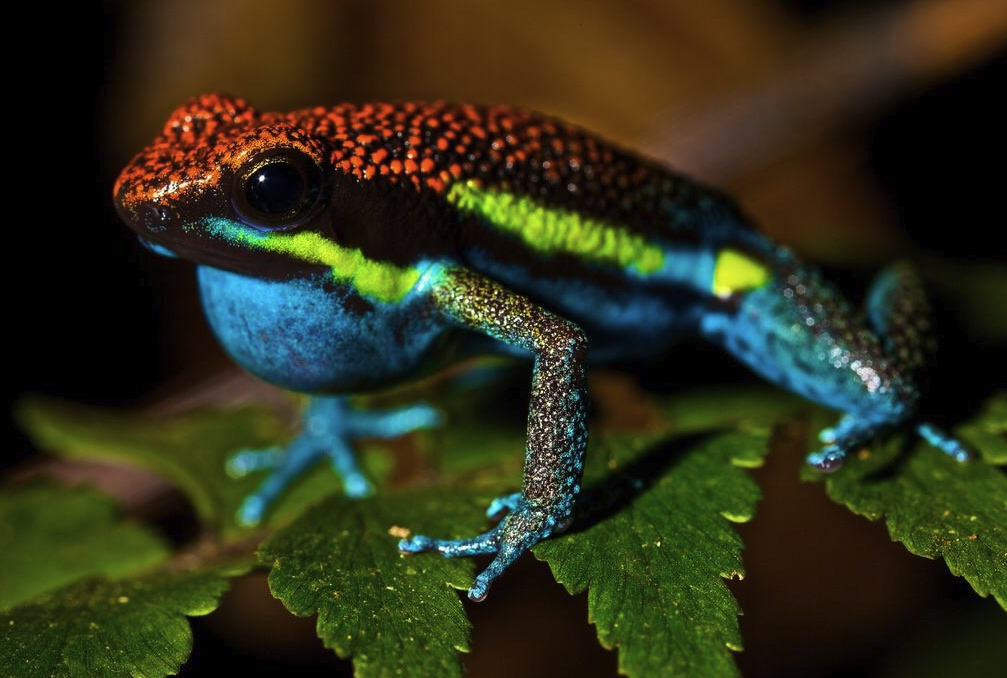
Image Source: Reddit
Dotted throughout South America's rainforests, colorful Poison Arrow Frogs hint at their perilous nature. Their vibrant hues are a warning of the potent toxins they carry. Indigenous tribes have used their toxic secretions to poison blow darts for hunting. While not aggressive, these tiny frogs illustrate the intricate relationships between species in South America's lush jungles.
South American Bush Dog
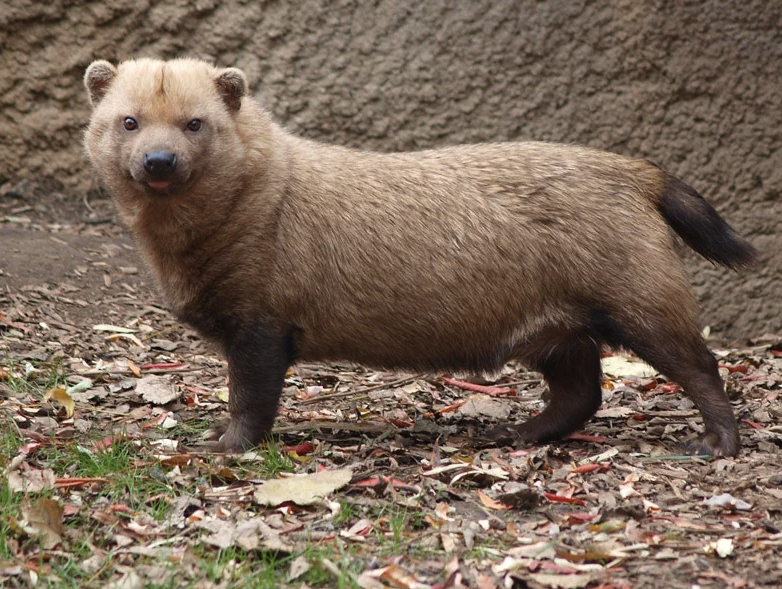
Image Source: Reddit
The South American Bush Dog, resembling a small, slender wolf, roams the continent's forests and grasslands. Although elusive, they can be fiercely territorial, defending their pack. Their small size belies their courage, and they have been known to take on larger predators when necessary. South American Bush Dogs are a testament to the tenacity and adaptability of the region's wildlife.
Brazilian Wasp
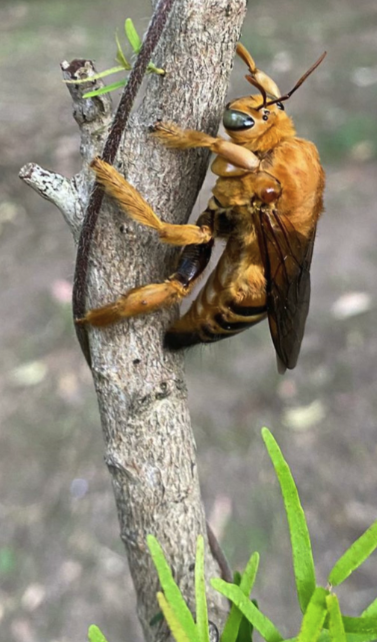
Image Source: Reddit
Buzzing among the lush foliage of South America's jungles, the Brazilian Wasp is both a pollinator and a potential menace. While not inherently aggressive, disturbing their nests can lead to painful stings. South America's diverse ecosystems rely on these insects for pollination, emphasizing the importance of understanding and respecting their presence.
Bullet Ant
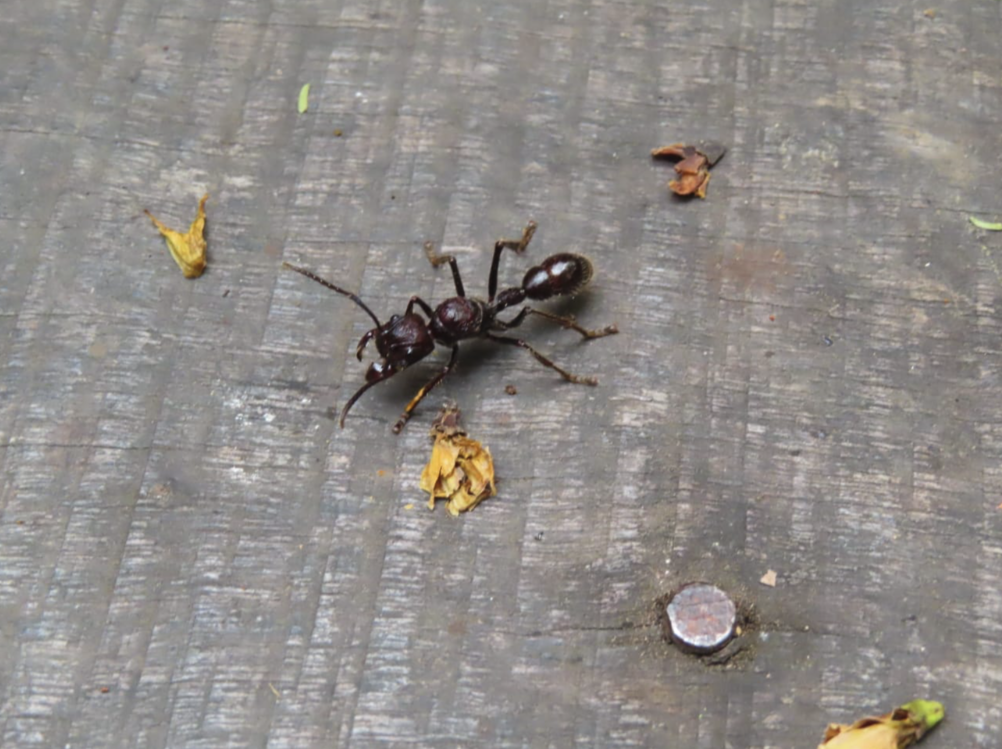
Image Source: Reddit
Hidden beneath the rainforest canopy, the Bullet Ant earns its name for delivering one of the world's most painful stings. Indigenous tribes often use their venomous bite as part of initiation rituals. These formidable ants are not prone to attacking humans, but their excruciating sting serves as a potent deterrent, highlighting the challenges of coexisting with the smallest yet fiercest of South America's creatures.
Giant Anteater
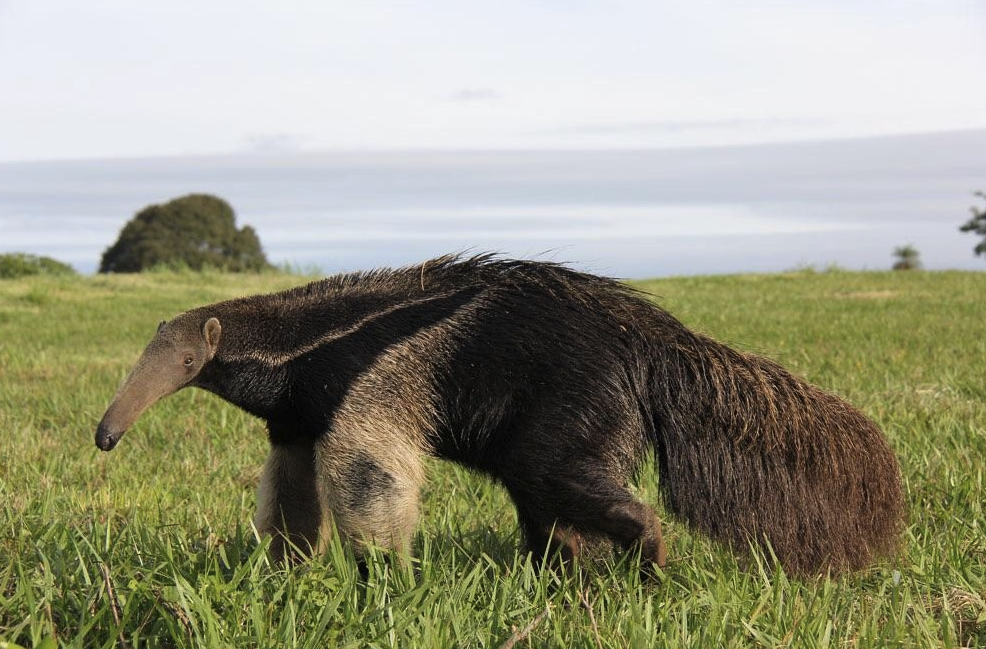
Image Source: Reddit
Graceful in its own way, the Giant Anteater sweeps its long tongue across anthills, consuming thousands of ants and termites daily. While these gentle giants are herbivores, their powerful claws can be dangerous when they feel threatened. The Giant Anteater represents the delicate balance between predator and prey in South America's grasslands and forests.
Yellow-bellied Sea Snake
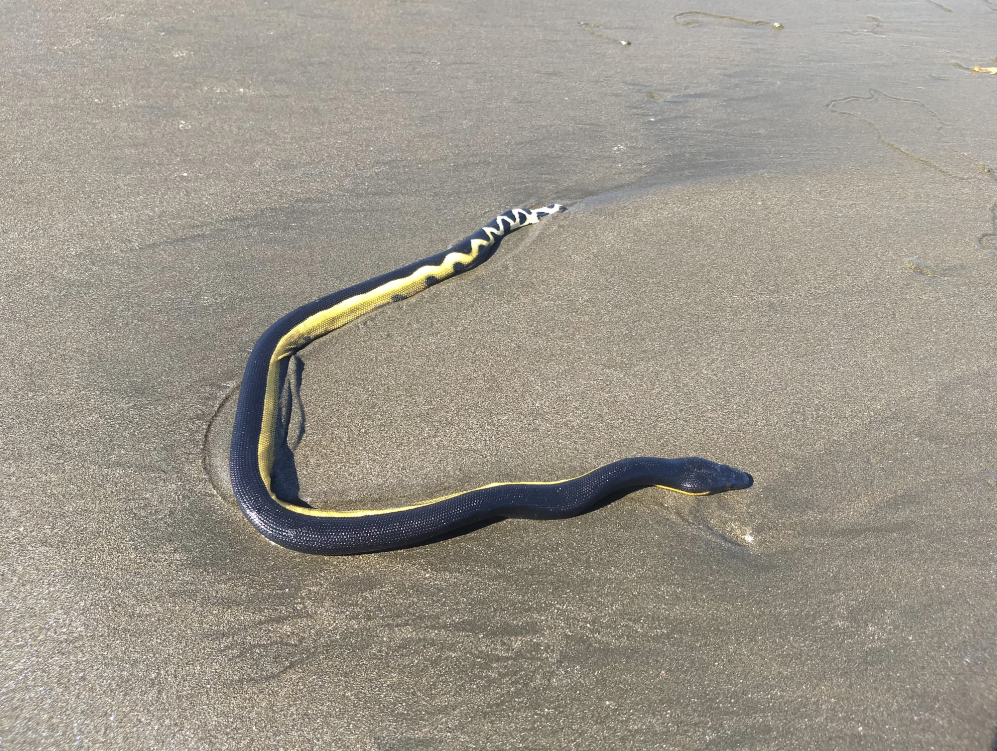
Image Source: Reddit
In the ocean depths along South America's coasts, the Yellow-bellied Sea Snake glides, wielding potent venom. Despite their venomous bite, they are not aggressive toward humans. However, accidental encounters can be perilous, underscoring the need for caution when exploring South America's coastal waters and its enigmatic inhabitants.
Vampire Bat
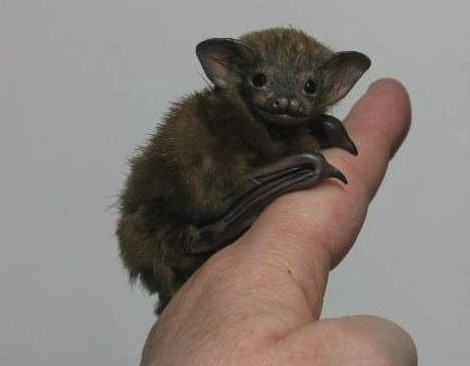
Image Source: Reddit
Amid the moonlit nights of South America, the Vampire Bat takes flight, seeking blood to sustain itself. Though their bites are rarely felt due to anesthetic properties, these bats can transmit diseases. As part of the continent's diverse bat species, the Vampire Bat symbolizes the intricacies of the region's nocturnal ecosystem and the unique challenges it presents.
Brazilian Yellow Scorpion
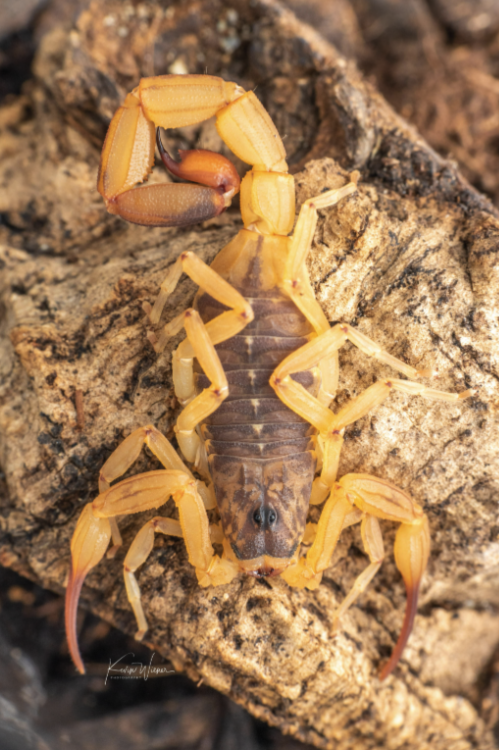
Image Source: Reddit
Hidden beneath rocks and in crevices, the Brazilian Yellow Scorpion is a venomous arachnid that dwells in South America. Their stings can be painful and occasionally life-threatening. Awareness and caution are vital when navigating their habitat, as these scorpions underscore the hidden dangers in the region's arid and urban environments.
South American Wild Boar
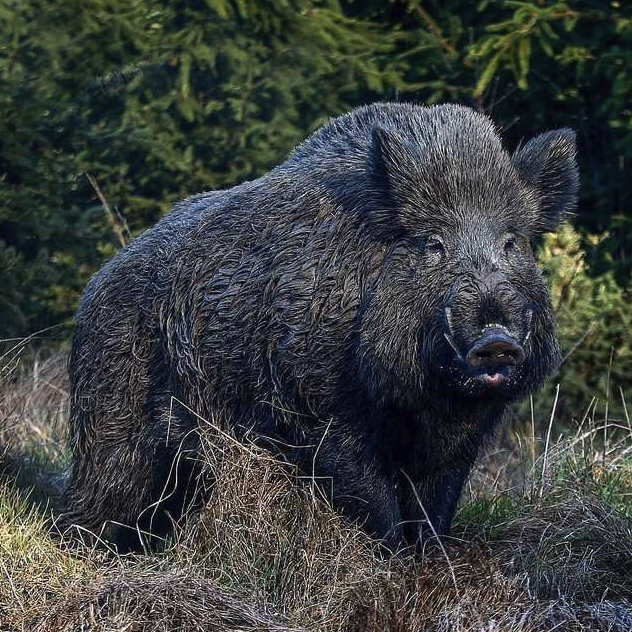
Image Source: Reddit
Foraging through South America's forests and grasslands, the South American Wild Boar is a formidable presence. Their sharp tusks and strong build make them potentially dangerous when provoked or cornered. These omnivorous creatures are a symbol of the untamed wilderness that characterizes parts of South America's landscapes.
Green Parrot Snake
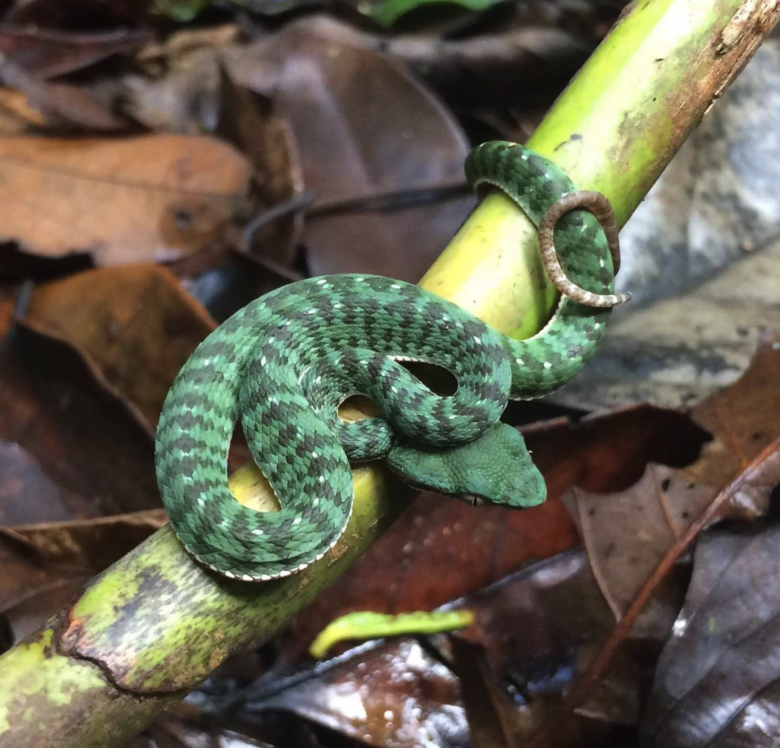
Image Source: Reddit
Among the vibrant foliage of South America's jungles, the Green Parrot Snake glides with grace. While their venom is mild, and they are generally non-aggressive, their vibrant green coloration serves as a reminder of the incredible diversity of reptiles in the region. Caution and respect are essential when encountering these striking serpents.
Amazonian Giant Centipede
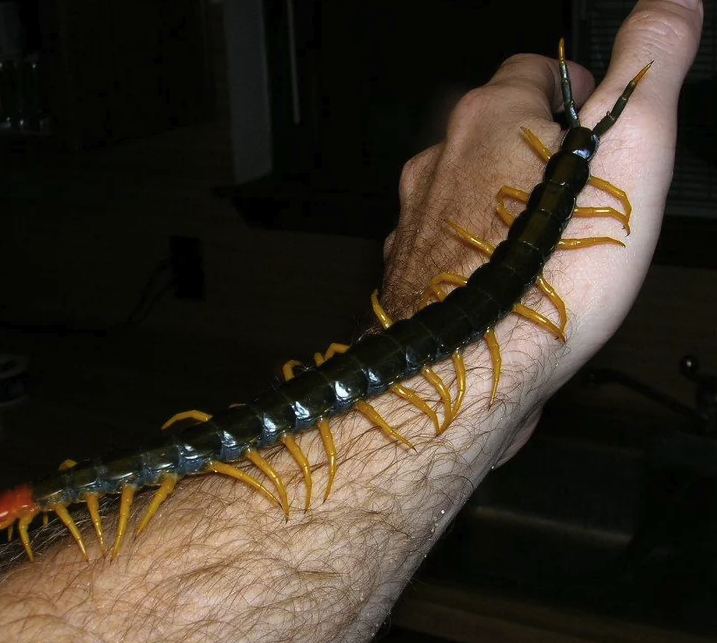
Image Source: Reddit
Beneath the forest floor of the Amazon rainforest, the Amazonian Giant Centipede lurks. With lengths that can exceed a foot, they are formidable predators. While not inherently aggressive toward humans, their venomous bite can cause intense pain. These giant centipedes embody the marvels and mysteries of South America's rich biodiversity hidden in the depths of its vast jungles.
Maybe Don't Book The South American Trip...
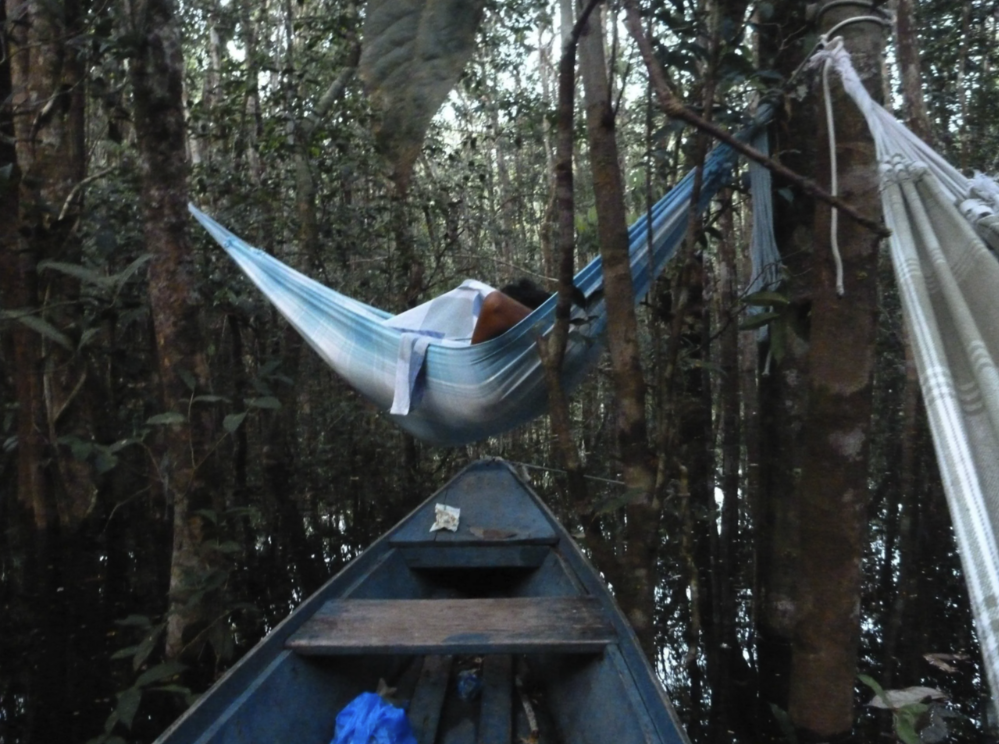
Image Source: Reddit
South America is full of amazing countries, places to visit and wildlife to see. However, this list doesn't include every single dangerous animal found in the dark corners of the South American rainforests. If you're worried about any of these animals, maybe think twice about booking a trip to the Amazon rainforest!





























